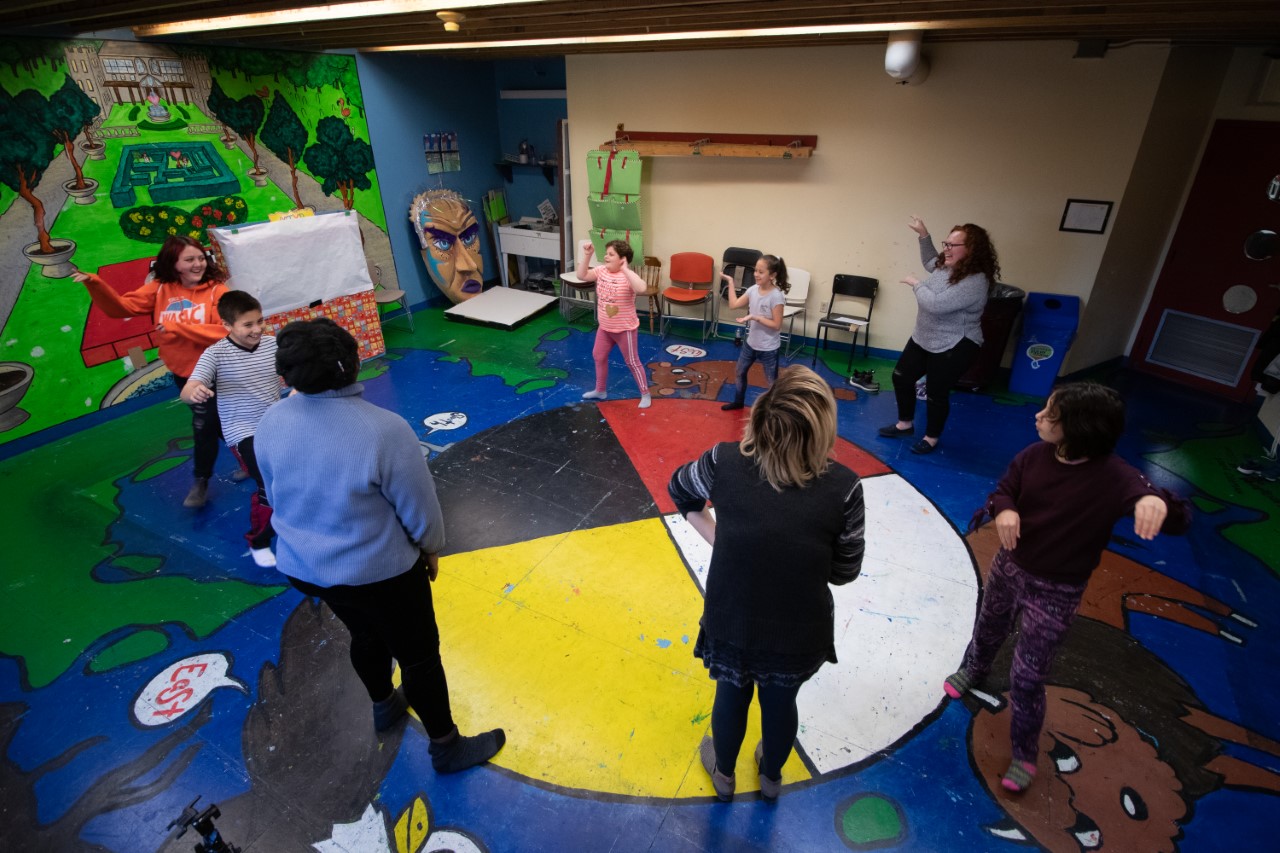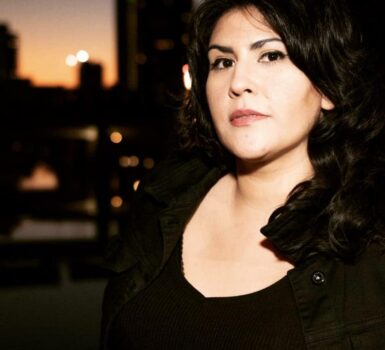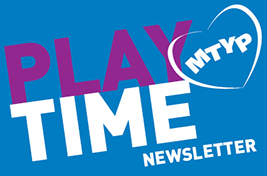
NATIVE YOUTH THEATRE: NURTURING THE NATURAL STORYTELLERS
A few years ago, at a Native Youth Theatre (NYT) Cabaret, a young actor was waiting in the wings of the stage, immobilized by stage fright and anxiety.
Nova Courchene, Native Youth Theatre Assistant Director, walked over and sat next to the student. “I asked her what was going on,” remembers Nova. The two had a conversation about readjusting the expectations we have for ourselves. While the youth didn’t end up going on stage that day, Nova says that moment is indicative of what Native Youth Theatre is all about: connecting with students, respecting boundaries, and celebrating little victories. “Just having that conversation between her and I really helped her to see how important it is to be gentle with yourself,” she says. “These are lessons we can walk away with.”
Native Youth Theatre is a program located within the MTYP building that specializes in free theatre classes for young Indigenous actors. The program, which began in 2013, generally starts in October and runs until March. Nova has been involved with NYT since 2014. She first started as a teacher’s assistant where she “had a blast, I had so much fun.” A year later, Nova moved into an administrative role and now supports Theatre School Director Ian Ross.
Nova’s parents are from Sagkeeng First Nation on Treaty 1 Territory and Rolling River on Treaty 2 Territory. She has been involved in the creative arts for most of her life. She’s a flute player and studies music through the Royal Conservatory of Music. She strives to make theatre accessible to her community through showcasing Indigenous youths’ talent. Nova connects with people in “Mino Pimatsiswin” or a good way, or by ensuring Indigenous values are honoured and at the forefront of all her work.
As part of her role with NYT, Nova does her best to make sure the students are learning from some fantastic teachers. Actors like Braiden Houle and Josh Ranville, who spent their youth taking classes with AbArts (a previous program housed at MTYP) and have gone on to study acting and work professionally – including on MTYP’s stage – are just a few of the teachers that have been involved with NYT over the years. “It’s great to have teachers who were in programs similar to NYT to show our youth that if they do take their theatre training seriously, that they can continue it later in life,” Nova says.

Nova tells another story that she feels embodies what NYT is all about. Instructor Cynthia Wolfe-Nolin was teaching a class a few years ago and there was one student in particular who was observing rather than participating. There was a prop door in the room where they held class and this student would spend each class hiding behind it, never saying a word. Cynthia met with Ian to discuss how to engage the youth. Then, Nova says, “there was a class later on in the year where there was a topic that sparked something in that student and they ended up coming out from behind the door and taking over the class.” She said it was a really special moment. “That was the first time that student engaged differently and it’s a story we always tell because we know you can always learn from that. Patience and gentleness… it will always lead to something.”
Although NYT is only running for a few more weeks this season, Nova says there’s still room for older Indigenous youth (ages 13-19) in both the Next Generation Drama Acting Class and the Film Class and that youth are welcome to join the program at any point. NYT’s instructors are still deciding on how to honour and showcase the new skills and experiences youth have learned over the season, as they normally finish with a cabaret production. Long term, Nova is forming a collective of instructors and applying for grants to develop a pedagogy of Indigenous theatre warmups. These would be a collection of Indigenized ice-breakers or drama games that they could give as tools to NYT instructors. “I was thinking of incorporating elements of Cree and Ojibwe languages,” Nova says. She gives the example of the classic theatre game “That’s my bike” and paints a picture of NYT students playing the game while speaking Cree or Ojibwe phrases.
“That’s the heart of NYT,” Nova says, “to bring up the concept that First Nations people and Indigenous people are natural storytellers. It’s the way that oral history had been passed: a part of those stories live within the youth we work with.”

